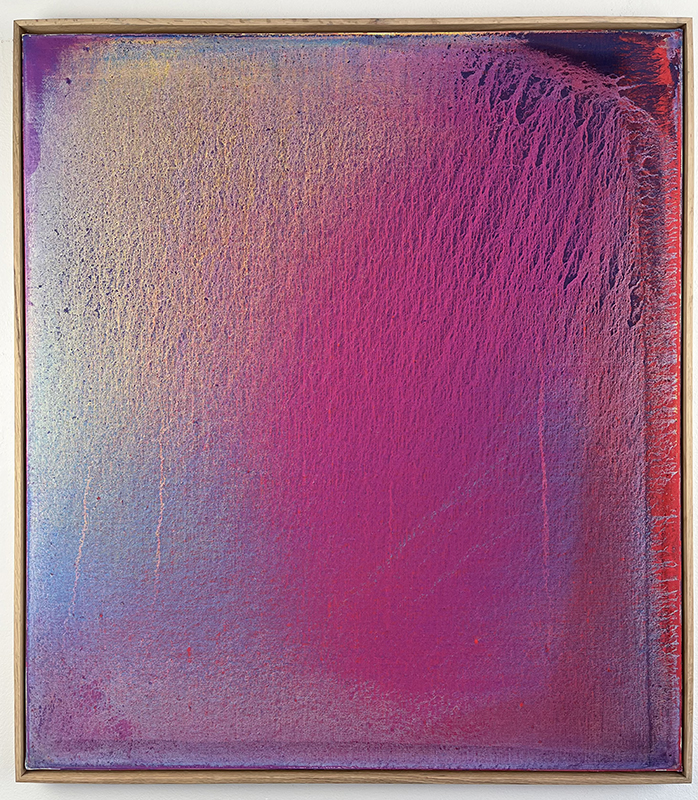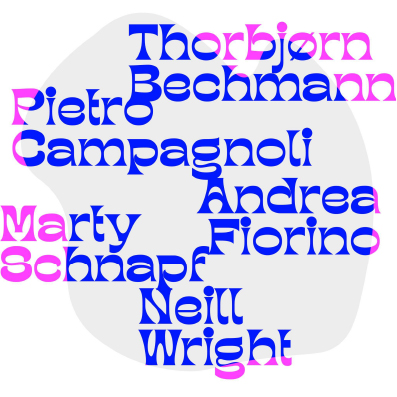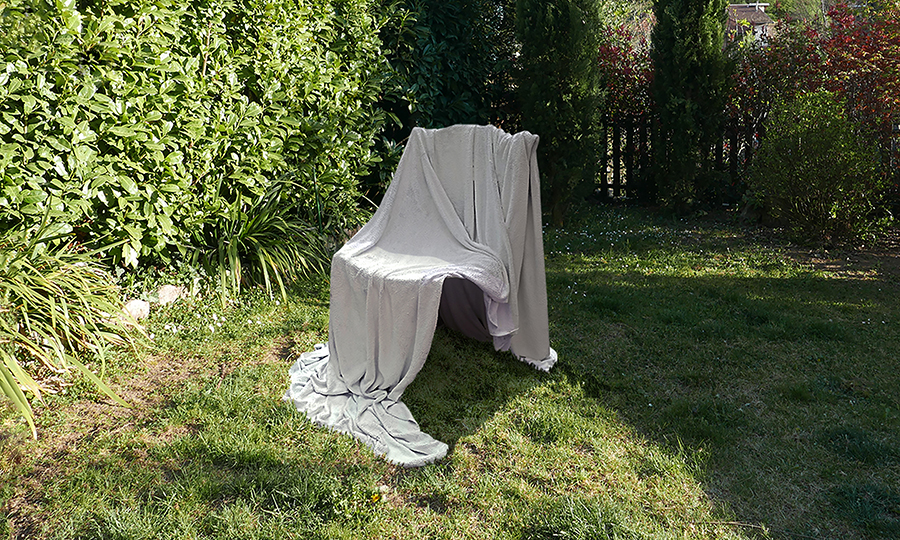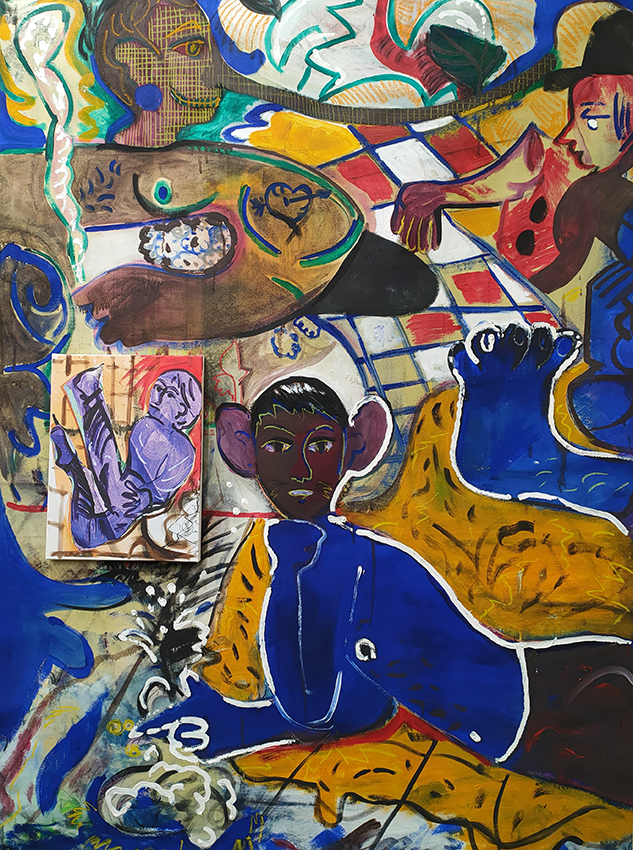Biography
Born in Copenhagen, where he currently lives and works, Thorbjørn Bechmann studied at the Royal Danish Academy of the Arts. In addition to his career as an artist, he is also a curator and has organized several exhibitions.His abstract paintings, often in large format, are created through a process of layering tones and nuances to create delicate veils of color. He is able to create chromatic atmospheres through sparkling and shimmering play of light. Inheriting practices associated with action painting, he paints horizontally, allowing the oil paint diluted with solvent to freely flow on the canvas.He has exhibited in Europe, the United States, and Asia. Among his recent solo exhibitions are: “Bodies – Singing”, Base-Alpha Gallery, Antwerpen, Belgium (2022); “No Debts, No Contracts, No Ongoing Fees” at PIERMARQ*, Sydney (2022); “Thorbjørn Bechmann”, NaQonale8, Brussels (2022); “The Impact Confirms the Shape” at Galleri Kant, Copenhagen (2022); and “Shades and Shadows” at Galleri Kant, Copenhagen. Some of his notable group shows include: “Light and Matter” at PIERMARQ*, Sydney (2022); “All’s Well that Ends Well” at Ballroom, Brussels (2022); “Merging Streams” at Simard Bilodeau Contemporary, LA, California (2022); and “Aftermath: A Year of Desire” at Redd Gallery, Charnia, Greece (2021).His works are held in public and private collections, including the Danish Arts Foundation.
Everything in its (Right) Place - 2023
Group Show – Everything in its (Right) Place
PRESS RELEASE
A.MORE gallery is pleased to announce “Everything in Its (Right) Place“, a group show with works by Thorbjørn Bechmann (1966, Copenhagen, Denmark), Pietro Campagnoli (1994, Turin), Andrea Fiorino (1990, Syracuse), Marty Schnapf (1977, Indiana, USA), and Neill Wright (1985, Johannesburg, South Africa), curated by Domenico de Chirico.
With the aim of safeguarding the question of identity, “Everything in Its (Right) Place” reflects on complex issues such as freedom and authenticity, both generally antithetical to control. It seeks to investigate the often discordant and sometimes deceitful relationship between the body and space, between forms of knowledge and power, between naturalness and human intervention, and between behavior and attitude in relation to the paradoxical concepts of utopia and heterotopia, or ideal and real. Based on these premises, this composite collective exhibition intends to outline a new path for all citizens, especially free thinkers and ecstatic creatives, that aims to create a place where they can first meet and then confront each other, enabling a calm process of rethinking and firmly designing a new and thriving urban regeneration, infused with ideally gentle and sincere human relationships that wisely support eco-sustainability and everything favorable to the proliferation of education, introspection, interconnections, and culture.
Therefore, “Everything in Its (Right) Place” is composed as follows: Thorbjørn Bechmann, with his non-representational painting, explores issues of process and representation through visibly abstract languages. The central concerns of his artistic practice revolve around communication, sensitivity, and a specifically non-representational language where thoughts are articulated through the artist’s hands and eyes. In doing so, his works, conceived as blurred visual memories, are oriented towards the perpetual process of experience and transformation, skillfully layered with a heterogeneous multitude of colors, shades, and shadows, ultimately reaching an ideal stage known as “transparency”. Pietro Campagnoli investigates, through his lyrical and granulated sculpture, the fragility of the human figure and the surrounding objects. In the sophisticated attempt to represent the bodily form of animated and inanimate beings, devoid of any identity, his sculptures are true casts, imprints, and impressions of everything that is part of his vital, sensitive, and tactile hemisphere, an august metaphor for the artist’s own impossibility of accessing and understanding the most hidden aspects of the other. In Andrea Fiorino‘s painterly work, frames from gentle dreams and stormy conflicts alternate, images of sometimes rediscovered, sometimes lost objects, postcards of returning dancing loves, and poses of solitary figures. His disjointed painting is defined by an incisive and rough mark that often distinguishes it, constantly in harmony with rich, contrasting, pasty, and always vibrant colors. Definable as pure “joie de vivre,” through his exploration, he wants to share his experiences as if in a game with an immediate dialogue with images that continually return and blend, echoing one another. The delicate and unsettling works of Marty Schnapf evoke the ephemeral, sensual, and psychological space of dreams, desire, memory, and premonition. Structurally dematerialized environments surround and penetrate the amiably superimposed or thoughtful figures, animating his paintings in complete solitude. Through the displacement and dissolution of compositional elements, Schnapf addresses the question of the instant not only as it is but also as it could be. In this way, his work acknowledges the multiple possibilities of the so-called simultaneity. Schnapf weaves complex and layered works that evoke an immediate and ever-evolving psychological impact. The multidisciplinary and empirical Neill Wright explores various mediums such as sculpture, printmaking, and painting, considering them harmoniously as modes of expression, drawing inspiration from a variety of sources within his lived real-life experience. The bold, layered, and colorful work speaks of curiosity and love for the natural world in relation to the inherent chaos of everyday life. Abstract and representational elements coexist in a seductive yet threatening manner, evoking both jubilation and terror inherent in the unknown.
















